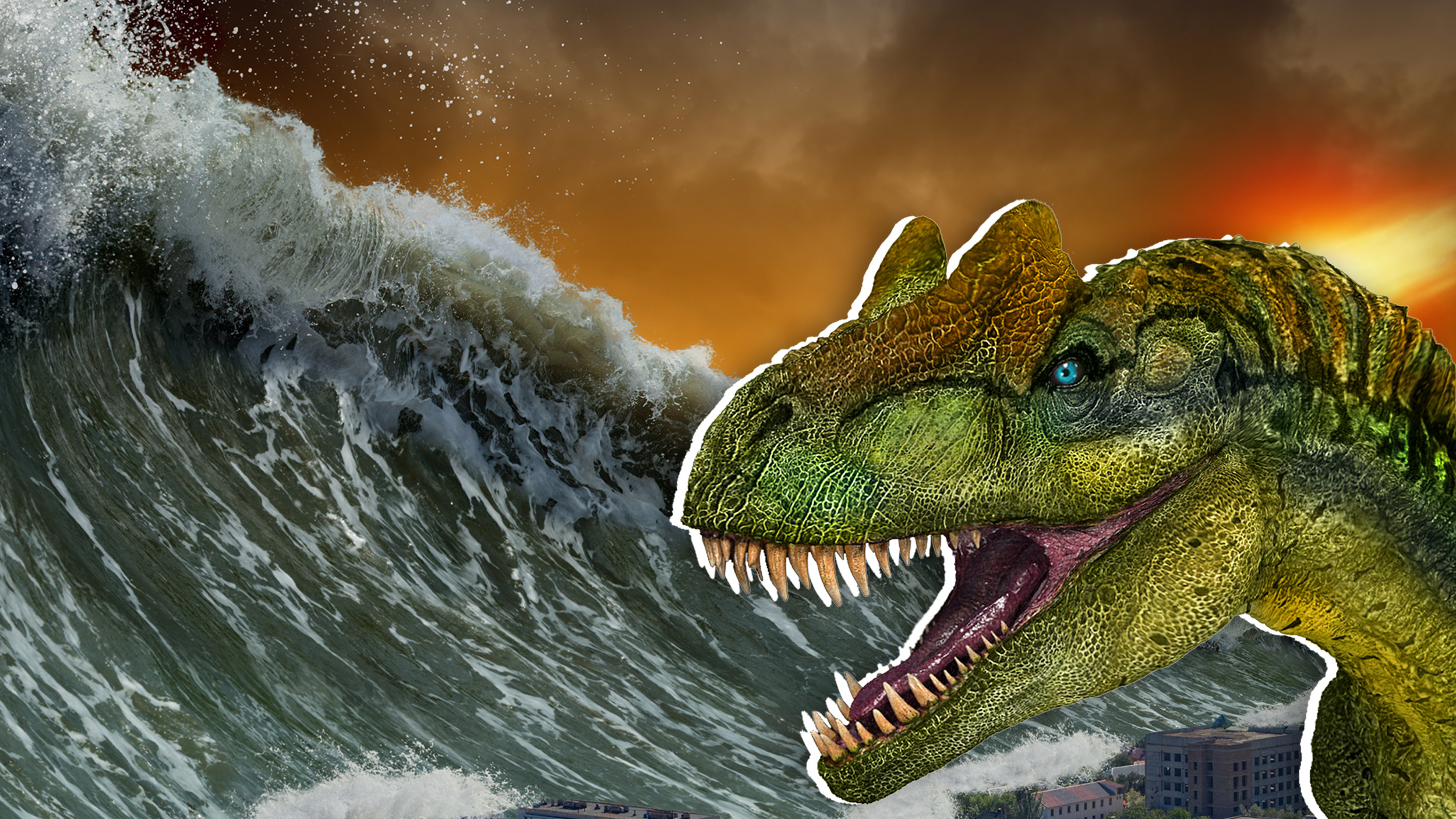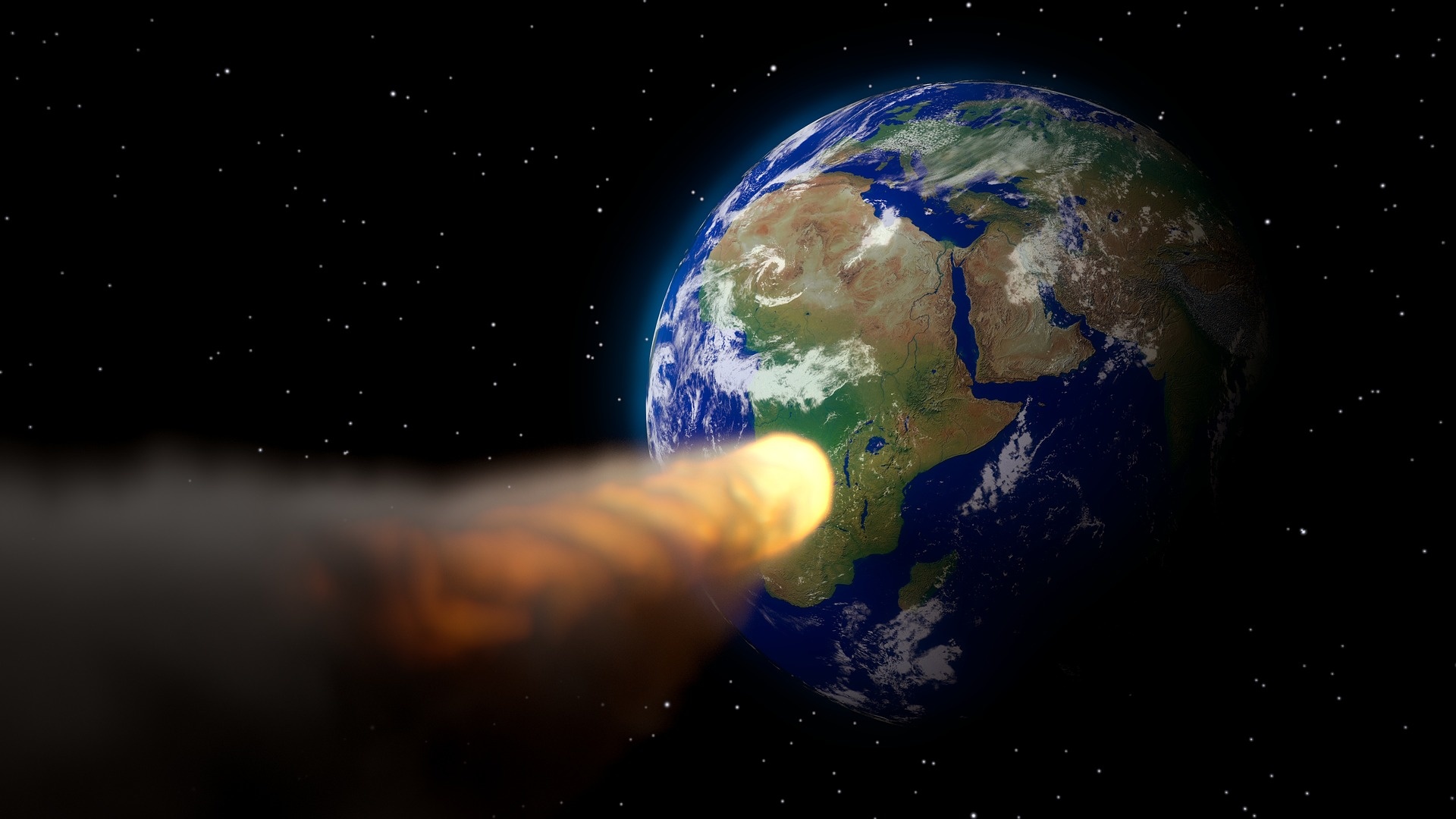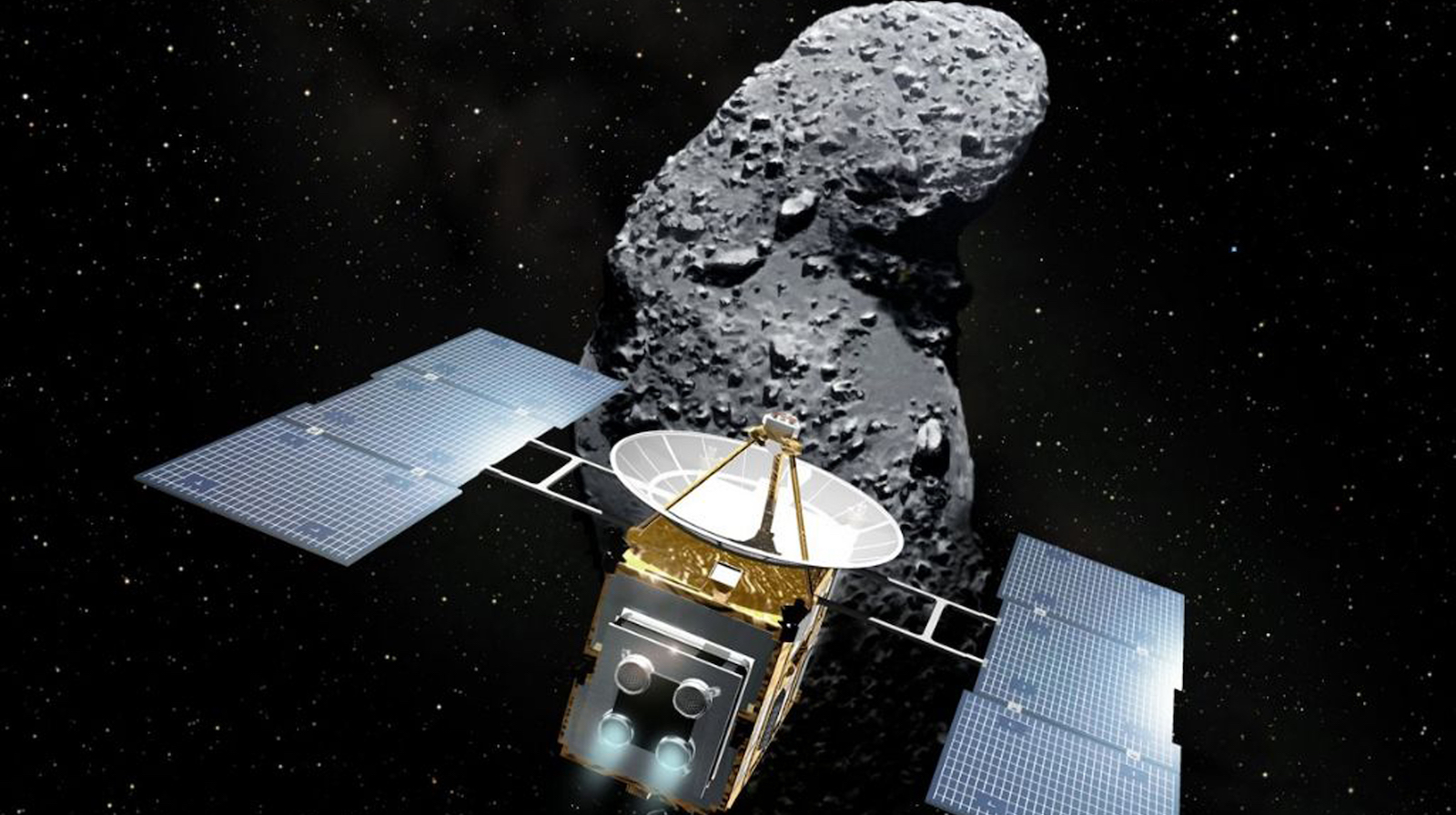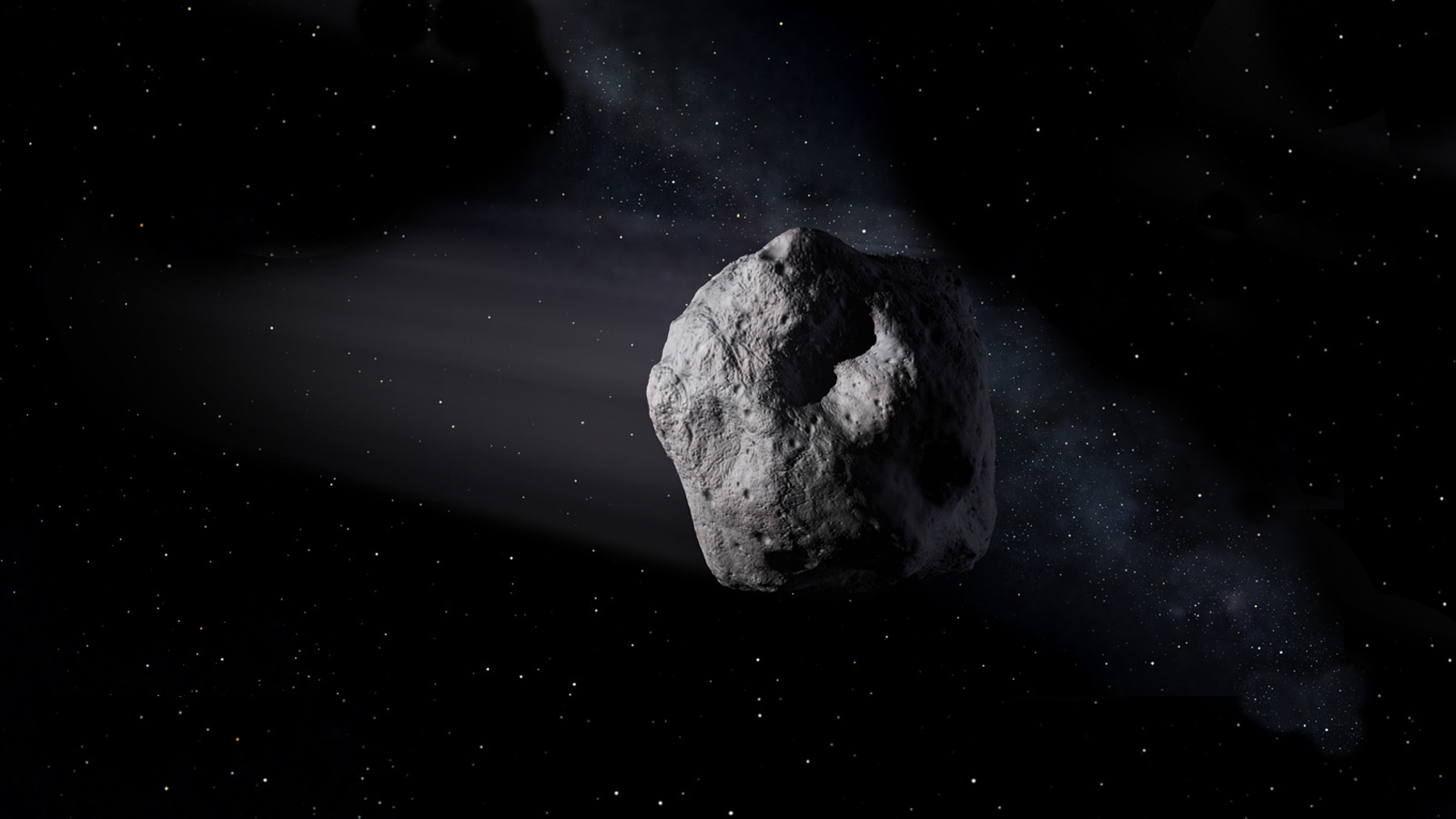What NASA’s Spaceguard can teach us about our uncertain future
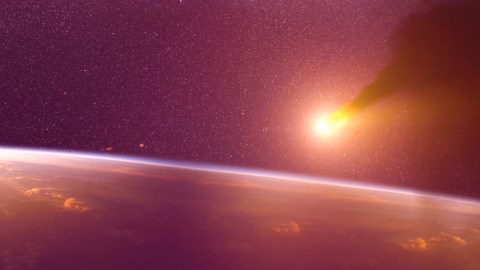
- Even after scientists first proposed in 1980 that the dinosaurs were killed off by a huge asteroid, most did not take seriously the risks posed to humanity by asteroids.
- That changed in 1994 when comet Shoemaker-Levy 9 thudded into the side of Jupiter with the force of three hundred billion tonnes of TNT.
- In 1998, Congress tasked NASA with finding 90 percent of all near-Earth asteroids — an effort dubbed Spaceguard.
William MacAskill is Associate Professor of Philosophy at Oxford University and a Senior Research Fellow at the Global Priorities Institute. He is the author of the book What We Owe the Future, from which this excerpt is adapted.
“At 09.46 GMT on the morning of 11 September, in the exceptionally beautiful summer of the year 2077, most of the inhabitants of Europe saw a dazzling fireball appear in the eastern sky. Within seconds it was brighter than the sun, and as it moved across the heavens—at first in utter silence—it left behind it a churning column of dust and smoke.
Somewhere above Austria it began to disintegrate, producing a series of concussions so violent that more than a million people had their hearing permanently damaged. They were the lucky ones.
Moving at fifty kilometres a second, a thousand tons of rock and metal impacted on the plains of northern Italy, destroying in a few flaming moments the labour of centuries. The cities of Padua and Verona were wiped from the face of the earth; and the last glories of Venice sank forever beneath the sea as the waters of the Adriatic came—thundering landwards after the hammer-blow from space.
Six hundred thousand people died, and the total damage was more than a trillion dollars. But the loss to art, to history, to science—to the whole human race, for the rest of time—was beyond all computation. It was as if a great war had been fought and lost in a single morning; and few could draw much pleasure from the fact that, as the dust of destruction slowly settled, for months the whole world witnessed the most splendid dawns and sunsets since Krakatoa.
After the initial shock, mankind reacted with a determination and a unity that no earlier age could have shown. Such a disaster, it was realized, might not occur again for a thousand years—but it might occur tomorrow. And the next time, the consequences could be even worse. Very well; there would be no next time.”
Thus begins Arthur C. Clarke’s Rendezvous with Rama, a science fiction novel published in 1973. In this story, the government of Earth, shaken by the asteroid strike in Italy, sets up Spaceguard, an early warning system for Earth-bound threats from space.
For years, many scientists warned of the dangers that asteroids pose to life on Earth, but for many years they weren’t listened to. Even after it was first proposed, in 1980, that the dinosaurs were killed off by a huge asteroid striking the Yucatán Peninsula in Mexico, there was, in the words of leading astronomer Clark R. Chapman, a “giggle factor” associated with the risk from asteroids.
This all changed in 1994 when comet Shoemaker-Levy 9 thudded into the side of Jupiter with the force of three hundred billion tonnes of TNT, equivalent to 125 times the world’s nuclear arsenal. One of the Shoemaker-Levy fragments left a scar on Jupiter twelve thousand kilometres across—about the size of Earth. As David Levy noted, the comet that he co-discovered “killed off the giggle factor.”
The impact made headlines across the world. In 1998, two blockbuster films, Deep Impact and Armageddon, explored how the people of Earth might respond to a huge approaching asteroid. Scientists commended Deep Impact for its understanding of the impact threat and the realism of its special effects, which reflected the input of a fleet of technical advisers, including Gene Shoemaker, after whom the comet Shoemaker-Levy was named. (Armageddon, in contrast, was described by Clark Chapman as “scientifically and technologically preposterous in almost every respect.”)
Due to increasing interest from the public and advocacy from scientists, in 1998 Congress tasked NASA with finding 90 percent of all near-Earth asteroids and comets larger than one kilometre within a decade. The effort would, with due acknowledgement to Arthur C. Clarke, be called Spaceguard.
Spaceguard has been a huge success. We have now tracked 93 percent of asteroids larger than one kilometre and found more than 98 percent of the extinction-threatening asteroids, which measure at least ten kilometres across. Prior to Spaceguard, the estimated risk that Earth would be hit by an extinction-level asteroid was around one in two hundred million per year. We now know that the risk is less than one in fifteen billion—one hundred times lower.
Though we discovered that there was no imminent threat from asteroids, the tracking meant that if we had discovered an asteroid on course to collide with Earth, we could have devoted enormous resources to deflecting it and to building food stockpiles in case we failed. A few hundreds of millions of dollars was enough to appropriately manage this risk.
In the coming decades, we will have to deal with much greater risks, such as those from engineered pathogens, advanced artificial intelligence, and nuclear war. If we do not rise to the challenge, there is a decent chance that humanity could come to a premature end and our future could be destroyed. But oblivion is not preordained. As Spaceguard has shown, we have what it takes to manage risks to the extinction of humanity, if only we put our mind to it.
